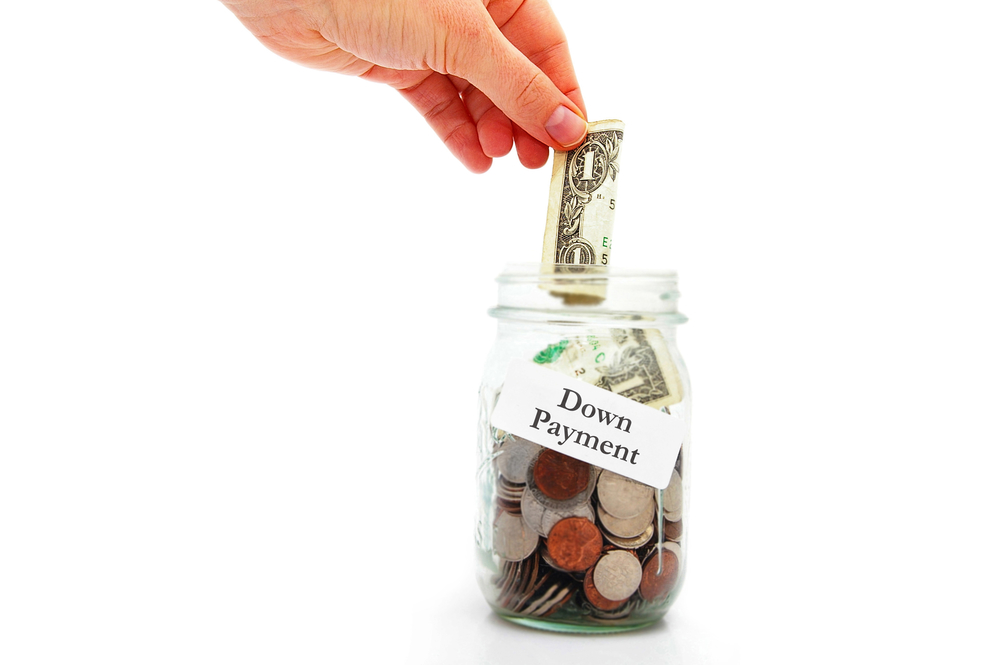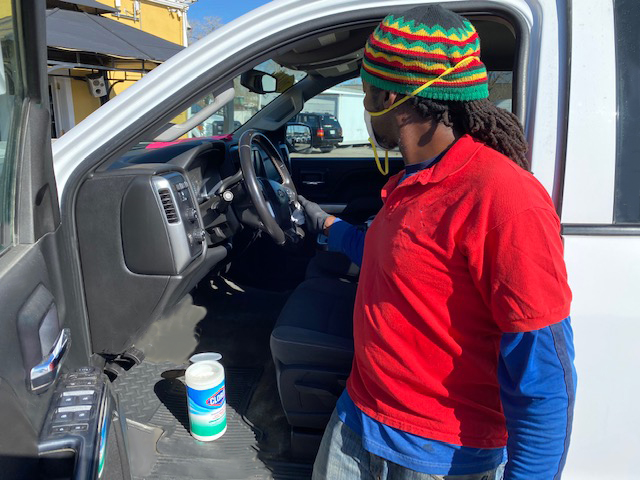Ultimate Guide to Making a Down Payment at the Dealership
 When you’re buying a new or “new to you” vehicle, whether you’re getting your auto loan through an independent lender or through a dealer, you’ll need to decide how much money you want to put down. Making a down payment at the dealership takes some preparation so your purchase runs smoothly.
When you’re buying a new or “new to you” vehicle, whether you’re getting your auto loan through an independent lender or through a dealer, you’ll need to decide how much money you want to put down. Making a down payment at the dealership takes some preparation so your purchase runs smoothly.
First, let’s define down payment.
The phrase is actually derived from the old practice of putting money down on the table to show a seller good faith when negotiating a deal. Today, the down payment is simply a way of reducing the amount of risk a lender has to take when helping you make a substantial purchase.
Do I always need a down payment?
A down payment isn’t always required for purchase, but it’s definitely a good idea. Why?
- It will reduce the amount you’ll need to borrow.
- It improves your chances of loan approval.
- You may get better terms with a down payment.
- It will reduce your monthly payment.
Is my trade-in considered a down payment?
Yes, your trade-in vehicle can serve as your down payment. However, there’s one question to answer that will determine how your trade-in down payment will be handled.
- Is your trade in loan paid off?
- If your trade-in loan is paid off, the dealer will appraise your trade-in and give you the price they’re willing to pay for your vehicle (actual cash value or ACV). You can use that amount as a down payment.
- If your trade-in loan is not paid off, the dealer will obtain the “pay off amount” and compare it with the price they are giving your for your trade-in (ACV).
- A positive difference (you owe less on your loan than your trade in’s ACV) means you can use the amount for your down payment.
- A negative difference (sometimes called “negative equity” – you owe more on your loan than your trade-in’s ACV) gets a bit more complicated.
- Does your trade-in have negative equity? For example, if your trade-in’s ACV is $3,000 and your loan pay off is $5,000, you have $2,000 in negative equity and will need to make up the difference either in your new loan or by paying additional down payment.
How much do I need to put down?
The generally advisable percentage to put down on your vehicle purchase is much like the recommended down payment on a home—20%, if you can afford it. Used cars may require less—10% or more.
Having a 20% down payment ensures that you’ll receive favorable terms on your financing, lowers the amount you need to finance, and reduces your risk of owing more on your loan than your vehicle is worth later on. The benefits of a higher down payment can include:
- Favorable financing terms
- Lower interest rate
- Higher loan approval rates
- Lower monthly payment
- Lower total interest paid
- Reduced risk of being upside down
What forms of payment do dealerships take as down payment?
When it comes to making a down payment on a car, be prepared with your method of payment. This may include:
- Cash
- Personal check
- Cashier’s check
- Credit card
- Debit card
- Pre-approved loan
- Personal loan
Pro Tips on Down Payments
- If you want to use a credit or debit card, ask the dealer if they will accept this form of down payment and if there’s a limit on how much can be charged.
- Check with your card issuer to see if there is a limit to the amount you may charge in a single transaction. The last thing you want is to have your card only be able to charge $2,000 when the total down payment is $5,000.
- Keep in mind that getting a personal loan prior to seeking approval for an auto loan will likely impact how much you can borrow. The credit inquiry and loan will show up on your credit report and affect your “Debt to Income” ratio.
Got more questions about making a down payment?
Each vehicle sale is different. At Dye Autos, we’ve sold thousands of cars and pickup trucks. We’ve helped a lot of confused people determine which down payment is right for them. Many of those customers thought they’d never be able to afford a vehicle!
Give us a chance to help you. Call us at (303) 286-1665 or use our handy online financing pre-approval form >>here<<.


